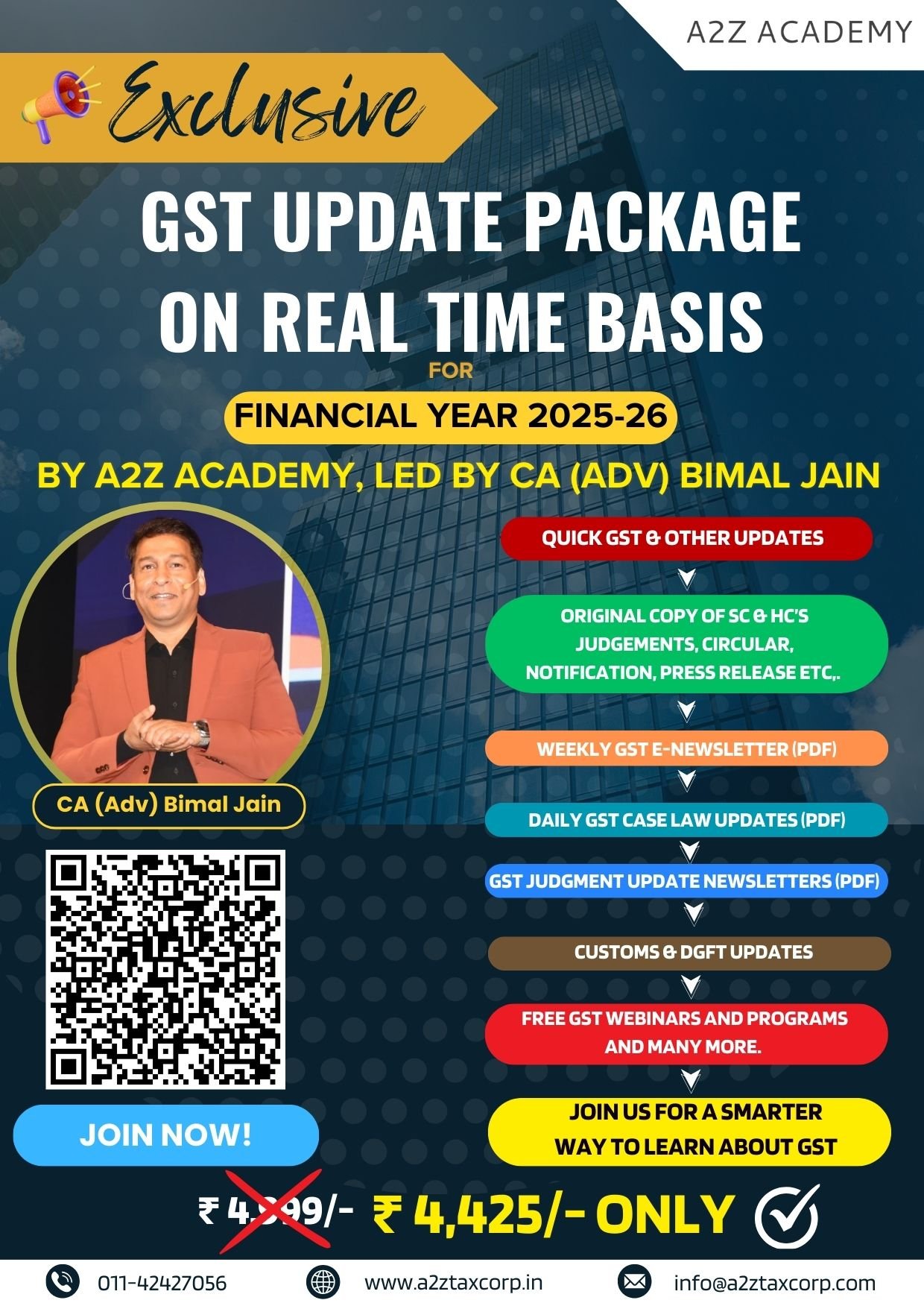
The Finance Ministry’s two-day field conclave to discuss current performance, challenges, bottlenecks, and aligning the field formations of GST and Customs administration with the thinking at the Centre ended today on June 20, 2025, in New Delhi.
According to highly placed sources, the Central Board of Indirect Taxes and Customs (CBIC)’s two-day national-level brainstorming conclave concluded with a strong message from Finance Minister Nirmala Sitharaman to plug systemic gaps and improve the effectiveness of tax enforcement.
Focusing on recovery versus detection in terms of tax leakages, sources shared that “a staggering over ₹34,000 crore worth of tax evasion was detected through GST audits in FY24 — but actual recoveries stood at a mere ₹4,000 crore, highlighting a significant gap between detection and enforcement.”
“The Finance Minister expressed serious concern over the growing gap between detection of tax leakages and actual recoveries,” a senior government official told CNBC-TV18.
Major metro cities under scanner
As per the GST audit data, the highest cases of tax evasion were recorded in Chennai, Mumbai, Bengaluru, and Hyderabad — cities that account for a large share of the country’s formal and informal economic activity.
Enforcement data reviewed during the conclave also revealed that efforts to plug leakages by both the Directorate General of GST Intelligence and the Central GST investigations wing revealed that tax evasion detected in FY24 accounted for more than 10% of the total GST collections, raising alarms about both compliance and monitoring, sources added.
FM’s five-pronged directive to CBIC
In response to the findings, sources said that the Finance Minister issued a five-pronged directive to CBIC officers:
Bridge the Detection-Recovery Gap: Officers were urged to enhance follow-ups post-detection and speed up the recovery process.
Faster Cargo Clearances: Customs departments across land, sea, and airports were asked to streamline cargo movement to support trade and logistics.
Formalise High-Cash Pockets: The Minister asked officials to identify regions with high cash-based transactions and work to bring them into the formal economy.
Ensure Departmental Integrity: CBIC was told to fast-track pending vigilance cases and reinforce zero tolerance for misconduct.
Improve Taxpayer Interface: Officers were directed to focus on Ease of Doing Business, grievance redressal, and taxpayer trust-building.
“The Finance Minister in her interaction directly with senior field officers and zonal chiefs subtly made it clear that both enforcement and taxpayer facilitation must go hand-in-hand,” the source said.
A turning point for GST enforcement?
The conclave marks a significant moment for the indirect tax administration, coming at a time when compliance fatigue and leakages continue to challenge GST’s efficiency.
The objective of the conclave was to align grassroots tax administration with the Centre’s evolving policy focus on faster resolution, ease of doing business, and robust revenue mobilisation. This conclave drew up a detailed action plan covering key aspects of GST and Customs under the indirect tax regime.
With the Centre targeting a widening of the tax base without increasing rates, the emphasis now shifts to tightening enforcement, enhancing recovery, and strengthening internal vigilance.


